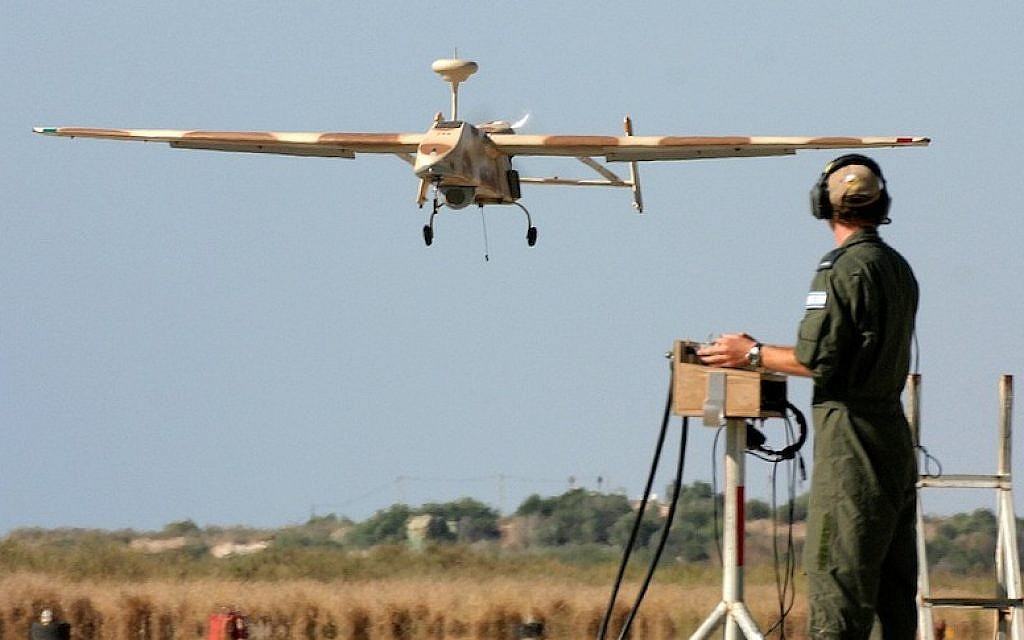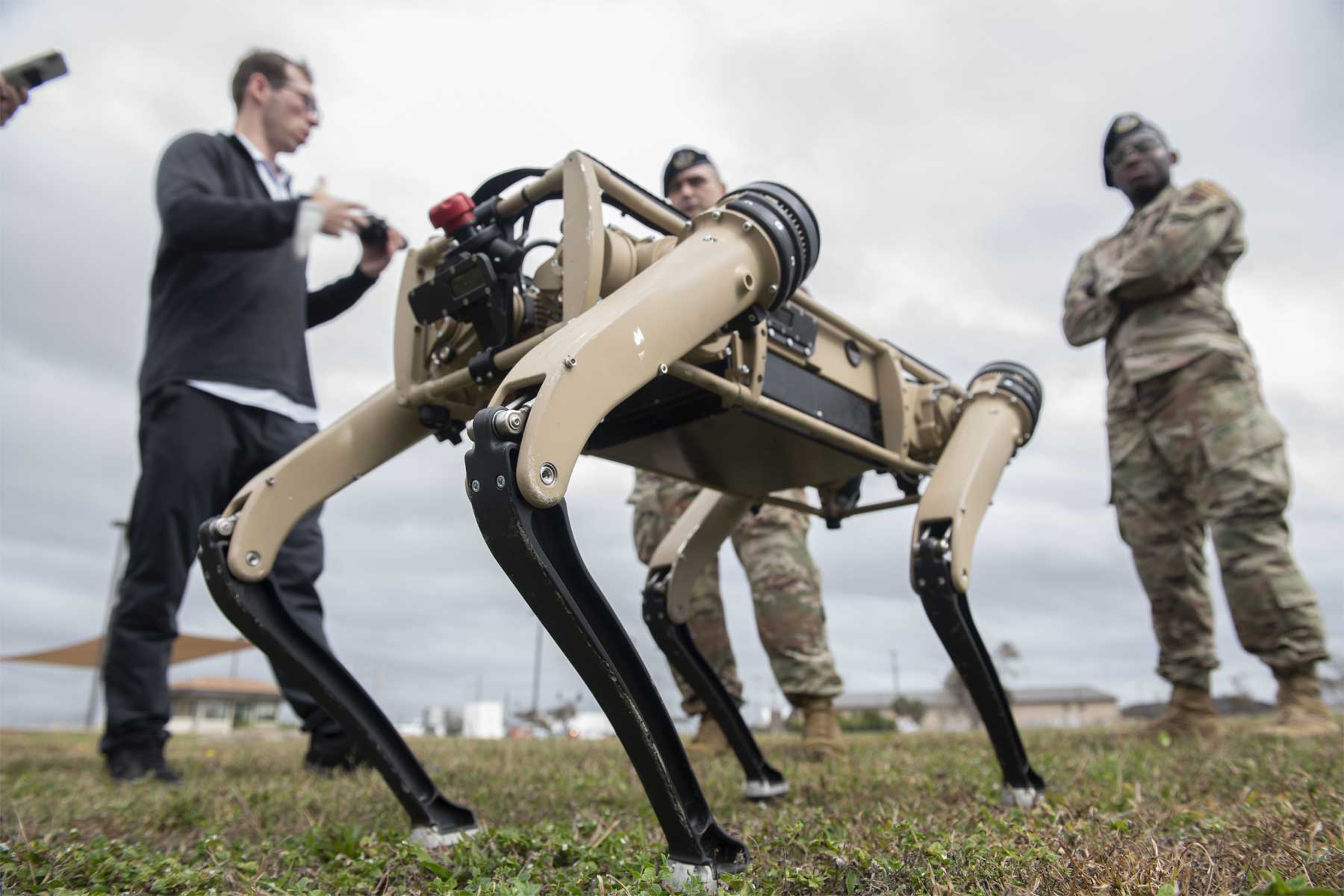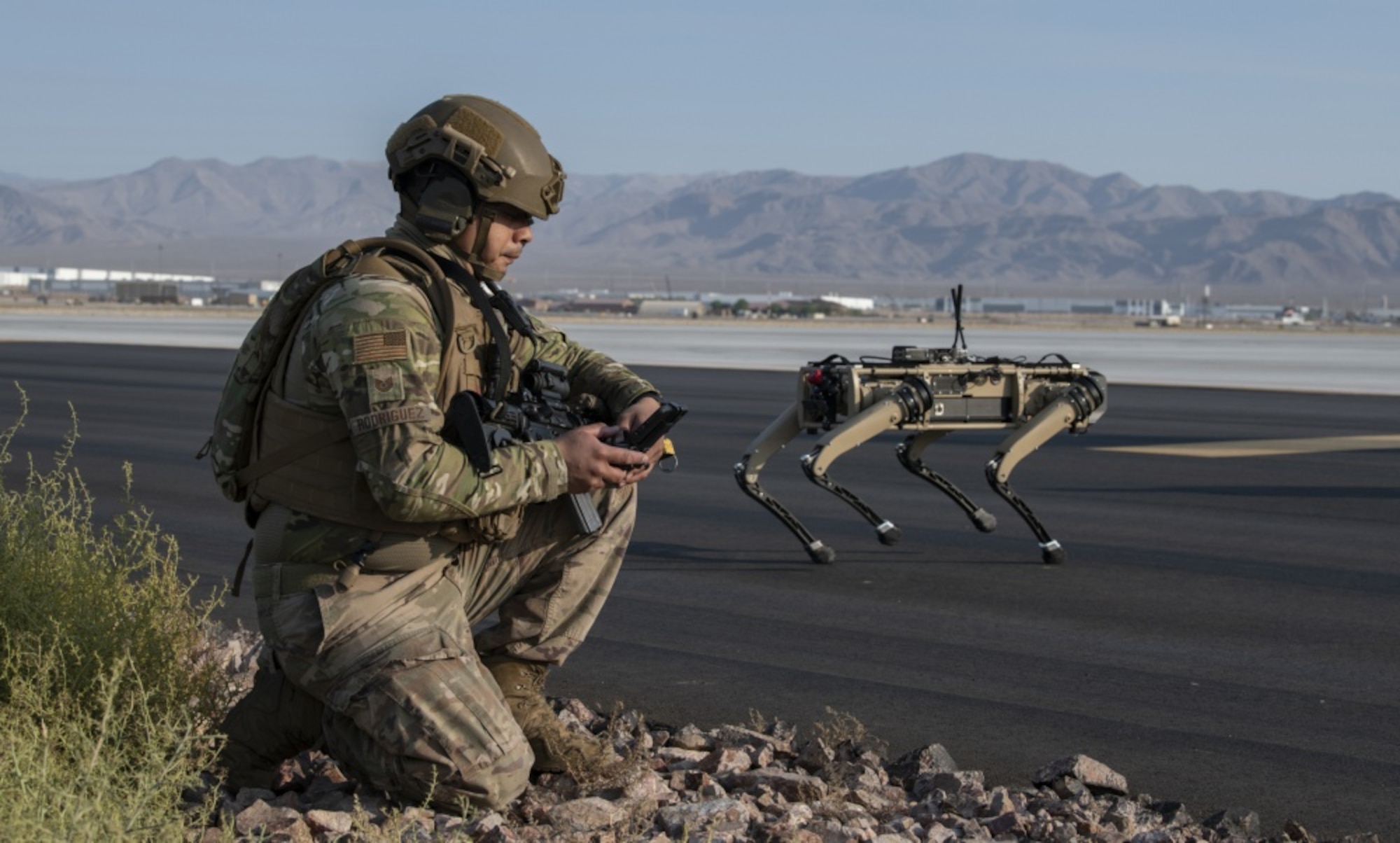The increasing use of drones in warfare has given rise to several other applications. Drones have found a variety of uses in many different fields. They are used for surveillance, photography, inspection, agriculture and even search-and-rescue operations. Drones are also being used for entertainment purposes.
They have become popular as hobbyist vehicles for people who like flying them. As drones grow in popularity, so do the number of potential future uses. The widespread uses of drones will undoubtedly expand the emerging field. This article explores some of the more exciting future applications of combat drones in warfare.
Battle Drones For Warfare

Electronic warfare (EW) has become an integral part of modern warfare. EW is used for a variety of purposes, including the disruption of enemy communications and radar, the cueing of enemy munitions, and the manipulation of enemy sensors. The US military is particularly focused on EW and there are many types of EW systems used during combat operations. One of the most significant EW systems is the unmanned aerial vehicle (UAV).
The US military relies heavily on UAVs to support EW operations. UAVs are especially important in EW missions that require long-range coverage of wide areas. The ability to fly missions over long distances is particularly critical for EW systems that use radio waves as part of their operations. The ability of UAVs to provide high levels of long-range coverage is especially important in modern warfare. Modern combat operations frequently involve large numbers of troops and equipment moving across large areas. Long-range UAV missions are especially important for detecting and tracking large groups of people or vehicles.
Autonomous Combat Drones

One of the most exciting potential future applications of combat drones is the idea of autonomous combat drones. It is possible that autonomous drones could be used for combat operations that involve a great deal of human oversight. Autonomous drones could be used for complex operations like search-and-rescue operations or even the delivery of humanitarian aid. Autonomous combat drones could also be used in highly dangerous combat missions.
Autonomous combat drones would increase the safety of combat operations by removing the need for human pilots. Autonomous combat drones could be particularly useful in crowded and dangerous areas like urban settings. Aut autonomous operations would let a drone collect data and avoid hostile fire while conducting surveillance. Autonomous combat drones could also be used to conduct reconnaissance missions in places where human soldiers are too dangerous or dangerous to operate.
Manned Combat Drones

The idea of a pilotless combat drone is not entirely new. Military researchers have been exploring the idea of a manned combat drone for several years. One of the first groups to work on a manned combat drone was the US Air Force. The Air Force began researching a program called the Joint Unmanned Aerial Systems (J-UAS) in the early 2000s.
The J-UAS program was designed to design a combat drone that would be piloted by human operators. The J-UAS program ended in 2009 when the US Defense Department decided to focus on more urgent programs. J-UAS technology is now being used in safer ways. Many of the same technologies being used in the US military are being used in other industries such as agriculture and search-and-rescue operations.
Civilian drones have been used for a wide range of purposes. Many of these drones have been piloted vehicles that have been modified for non-military use. Some of the most exciting uses of piloted combat drones are in military operations. Robotic combat drones are expected to play an increasingly important role in future military operations.
Robotic Combat Drones

Robotic combat drones are a relatively new concept. They have been used in non-combat situations for many years, but are now being used as piloted combat drones. Robotic combat drones are unmanned vehicles that are controlled by remote control technology. Robotic combat drones are an exciting new concept that is still in its infancy.
There are a wide variety of different configurations being used. Some are piloted by humans and some are entirely controlled by remote control. Robotic combat drones are an especially exciting application of artificial intelligence. The AI used to control these drones is designed to learn from its experiences during combat operations. AI is expected to play a significant role in future combat operations.
In order for AI to be used effectively, it needs to be able to learn from its experiences during combat operations. Robotic combat drones are an especially exciting application of artificial intelligence. The AI used to control these drones is designed to learn from its experiences during combat operations. AI is expected to play a significant role in future combat operations. In order for AI to be used effectively, it needs to be able to learn from its experiences during combat operations.
Co-Operative Robots

Artificial intelligence is used to control a wide range of robotic systems. Self-learning algorithms are being used to control unmanned vehicles. Artificial intelligence is also being used for a variety of other robotic applications. Co-operatively controlled robotic systems are used for a wide range of purposes. Co-operatively controlled robotic systems are especially useful for complex tasks that involve human oversight.
Co-operatively controlled robotic systems could also be used for dangerous operations that human soldiers are too dangerous to perform. Co-operatively controlled robotic systems are used for a wide range of purposes. Co-operatively controlled robotic systems are especially useful for complex tasks that involve human oversight. Co-operatively controlled robotic systems could also be used for dangerous operations that human soldiers are too dangerous to perform.
Conclusion
The future widespread use of drones has given rise to several future uses of combat drones. Self-learning AI and remote control are expected to play an increasingly important role in future combat operations. Autonomous combat drones and manned combat drones are also expected to play an important role as they become more widespread. Combat drones could even become a permanent part of future warfare. The widespread use of drones in warfare has given rise to several future applications of combat drones.











